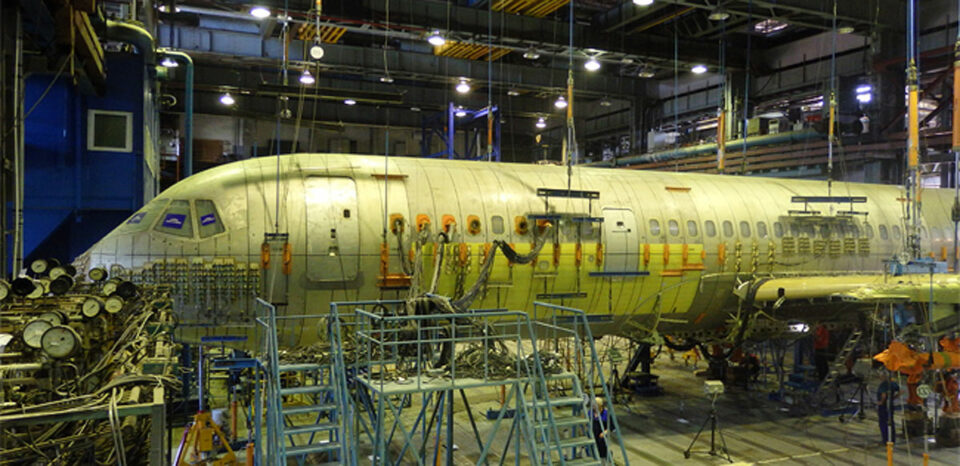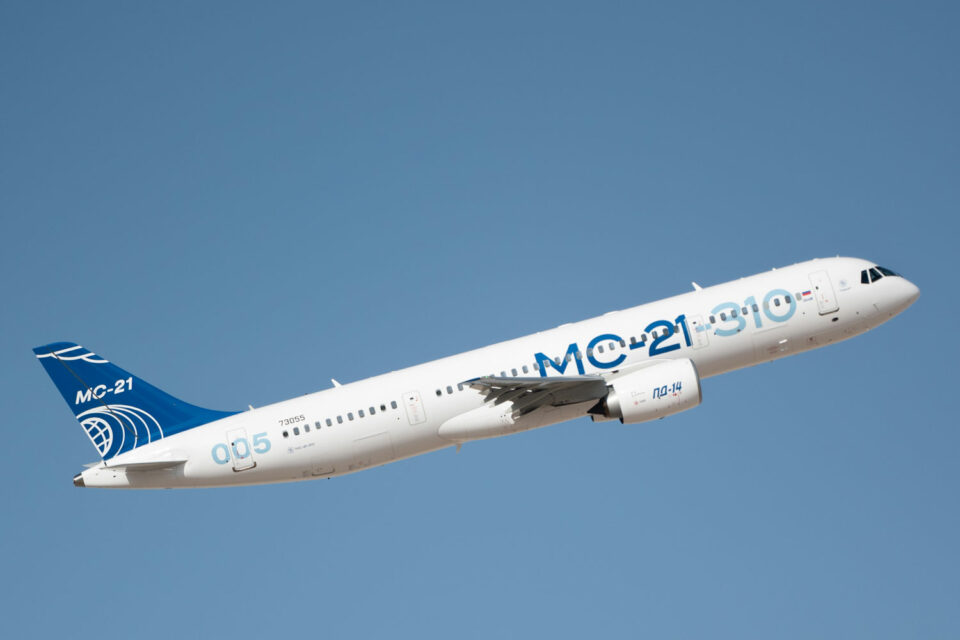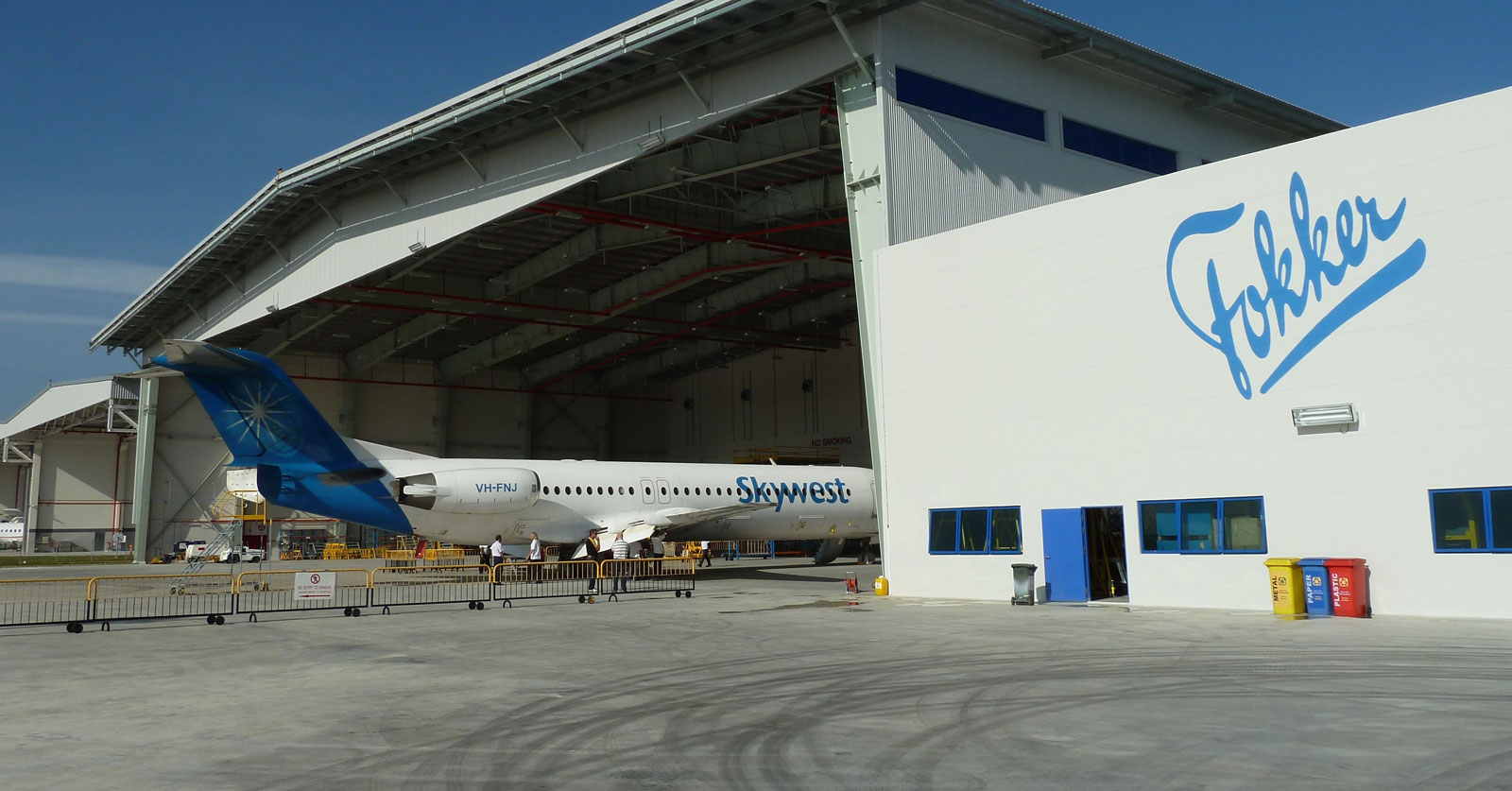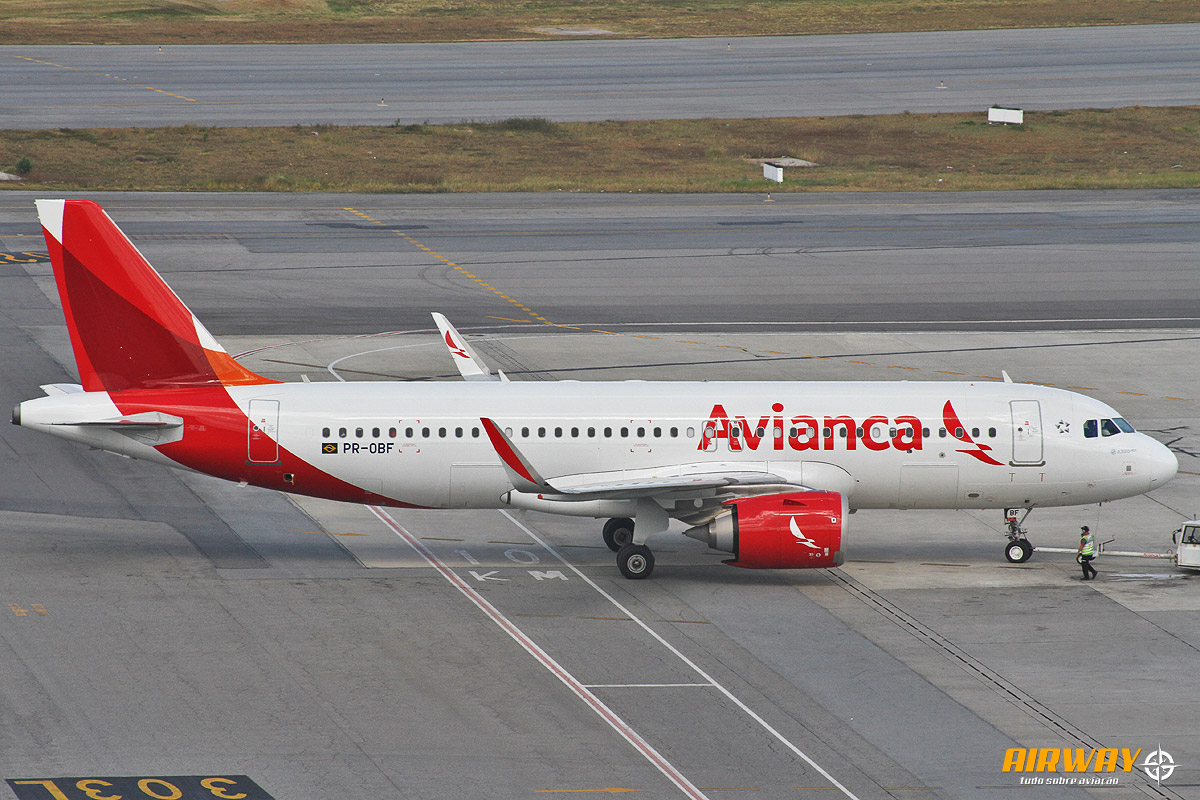Moscow’s Central Aerohydrodynamic Institute (TsAGI) and Irkut Corporation, part of the Russian state group United Aircraft Corporation (UAC), announced on Wednesday the completion of static tests with the new MC-21 jetliner.
During the tests, carried out from the TsAGI headquarter in Zhukovskiy, the aircraft was subjected to loads that exceed those encountered in regular operations. According to the research institute, the results obtained in the tests “fully confirmed” the design parameters of the aircraft, which underwent hard landing and emergency tests in various scenarios.
As the institute explained, the emergency landing tests showed the “controlled destruction of the weak links” of the main landing gear, followed by the separation of the landing gear from the wing box to avoid the danger of fuel leakage.

“When designing the MC-21 aircraft, special attention was paid to ensuring flight safety. The joint work of specialists from Irkut Corporation and scientists from TsAGI made it possible to verify the accuracy of the calculation methods designed to guarantee the strength of the liner during static tests. This work will continue as part of the life tests,” said Andrey Boginsky, UAC Deputy Director General for Civil Aviation and Director General of Irkut.
“This year we completed a major cycle of endurance studies of the new Russian MC-21 aircraft to ensure its safe operation. In all cases, the aircraft withstood loads above the design level, confirming the high level of structural reliability. The effectiveness of all constructive solutions adopted by the developer in the design of the aircraft has been experimentally demonstrated,” added Mikhail Zichenkov, Deputy Director General of TsAGI.

The structural resistance tests were carried out with one of the prototypes of the MC-21-300, a version of the Russian jet equipped with Pratt & Whitney engines, a manufacturer that met the sanctions against Russian aviation due to the war in Ukraine. Because of this, this MC-21 variant is unlikely to enter service, unlike the MC-21-310 model, which uses locally produced PD-14 turbofans.
The MC-21 is Russia’s bid to reduce its reliance on commercial aircraft produced in the West, such as the Airbus A320 and Boeing 737 duo, the best-selling passenger jets in the world.
The Russian aircraft is designed with a capacity of between 163 and 211 occupants, with a range of 6,000 km. The jet is expected to enter service between 2024 and 2025.






